A growing body of research tells us that the busier we are, the more we may need mindfulness. But this is a catch 22 you might say? Because the more busy we are the less time we have to practice.
Well I have many answers to that!
Did you know that you can deliberately shift your attitude and attention in order to soothe feelings of stress and tension? Stress hormones can reduce and we can shift into the soothing (parasympathetic) nervous system in a moment. Read on to find out how.
It all comes back to our relationship to time. We all know that time is relative – meaning that sometimes we can feel like time flies and other times it drags. Sometimes we have too much to do and no time to do it, and other times we feel at a loose end. So, what is behind all this?
The mind! How we relate to the external world and to our own experience in the moment predicts our experience of reality. This means that stress may be relative too! Of course we can’t fix busyness with mindfulness, but we can stop adding extra feelings of stress on top of it where possible.
This is very helpful to remember, because it is empowering. We don’t have to be entirely at the mercy of our busy or stressful life. We can relate to it mindfully with an artful awareness, noticing what is happening in the moment and then making an adjustment.
How might this look in real life?
Here’s an example. It comes from my own busy life where, over the last few years I’ve been balancing parenting, lockdowns pressures, the needs of ageing parents, moving house twice and working from home. It employs the principle that We don’t need to stop what we’re doing to practice mindfulness. Bringing mindfulness to conversation, chores, driving, meetings at work, even online shopping, is satisfying, relieving and very doable.
Often, in the midst of the 1001 things to do on the list, I find myself incredulous: ‘how can there be so many things to do, there’s not enough time!’ I think. Loading the washing machine, I pause. I realise that I’m rushing. I’ve put my body in an uncomfortable strained position in order to do the job faster. Noticing this I stop for a few seconds and take a breath, then I adjust my body and feel an easing. Then I choose to resist the strong impulse to race against time and stand still for a few minutes breathing gently, noticing the slant of the sun on the wall, I place my hand on my heart as a gesture of soothing and feel my body relaxing more. Then I notice a thought – it’s an expectation. It tells me that the more I rush the more I’ll get done and that I must get it all done in the next half hour and that if I don’t I’m falling short! I recognise this as a thought. ‘Maybe I don’t have to believe that’ I say to myself and feel my feet on the ground. Then the impulse to get going again takes over and off I go. Yet something is subtly different. My feet are on the ground, my mind is not so constricted and a gentle appreciation of this day, a sunny average day in the life of Fay, is restored.
Later I reflect on this. I see that when I momentarily step out of the trance of the shoulds and musts, I realise that I need to adjust my expectations to fit the time I have, rather than drive myself to fulfil my unrealistic expectations. Giving myself a hard time for not achieving the impossible is crazy!
The lesson is: Mindful attention can help us spot the unrealistic expectations that we stress ourselves out with. Once we recognise what is happening, we can then choose to give ourselves a few minutes or even a few seconds breather. If we can do this regularly we will feel a tangible difference. Research shows that even just a few minutes of mindfulness a day may have a positive impact. So here is where we can deliberately shift from being in the stress zone to a soothing zone. Using awareness of breath, body awareness, kind gestures like placing a hand on the heart and a kind attitude, we discover we have the power to stop feeding the stress building habits and take a different path.


